Iran once almost owned hundreds of American F-16 fighters
Friday, October 11, 2024 22:31 PM (GMT+7)
If the past contract to buy F-16 fighters from the US had been carried out, the Iranian Air Force would certainly be much stronger than it is today.
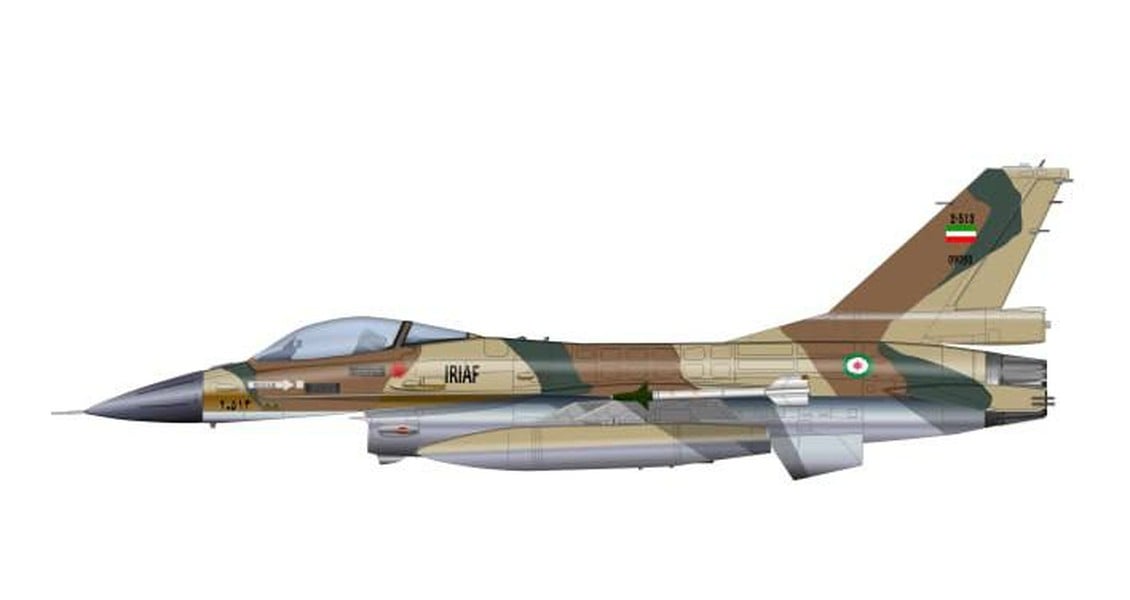
Although Iran and the United States are currently hostile countries, it is surprising to know that in the past, Tehran was considered a potential customer for the F-16 fighter jet, they came close to being the first non-NATO country to own this advanced fighter jet. That was the period before the Islamic Revolution in Iran broke out in 1979, learning about the event that happened in the past is quite interesting, because the Iranian Air Force could have become a force capable of changing the balance of power in the region. According to Defense Express, TWZ.
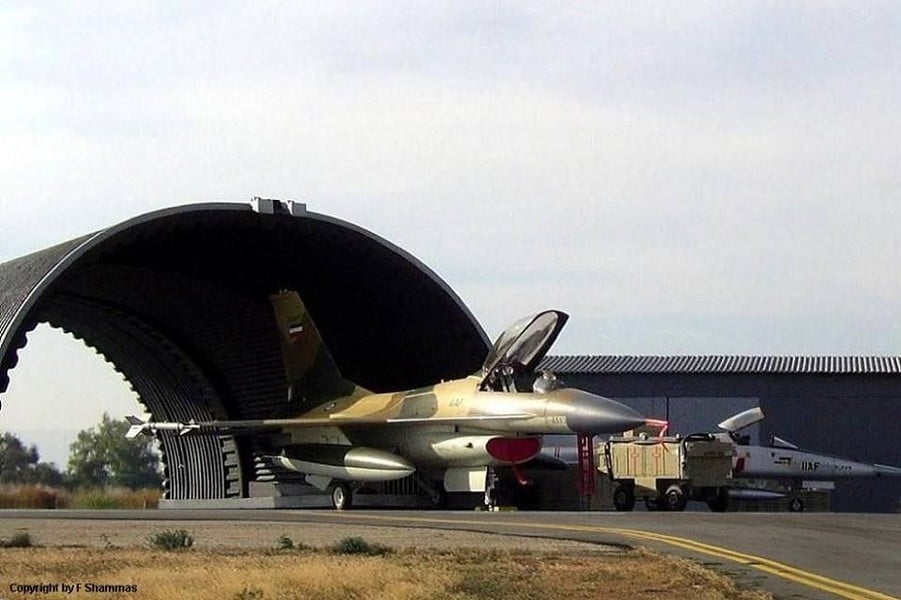
Iran has been interested in acquiring F-16 fighters since the late 1970s as part of an ambitious program to strengthen its air force. Tehran has also been eyeing the F/A-18 Hornet as a complement to the F-14 Tomcat, according to Defense Express, TWZ.
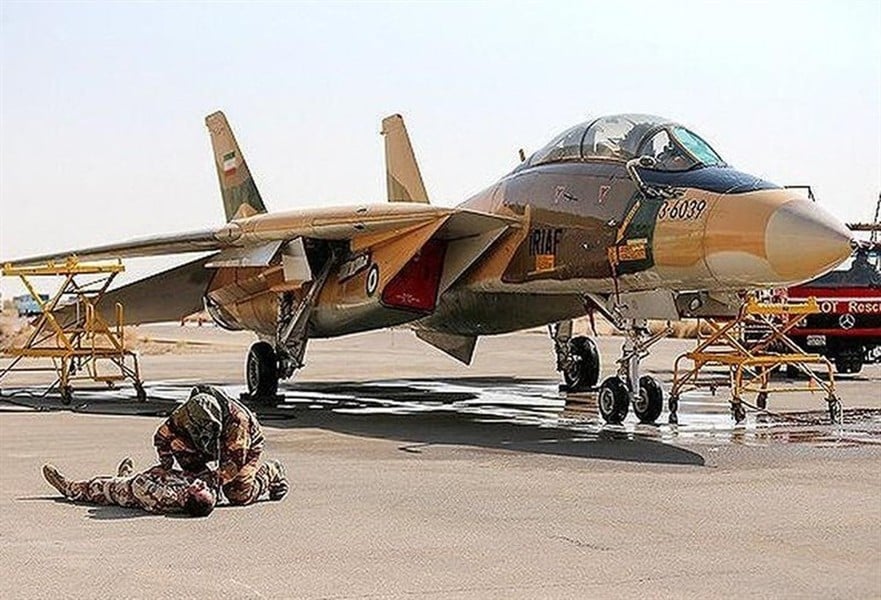
From Iran's perspective, the F-14s were very good at intercepting enemy fighters from a distance, but they were not suitable in close combat against the Iraqi Air Force's MiG-21s and MiG-23s - Tehran's main opponents at the time. According to Defense Express, TWZ.
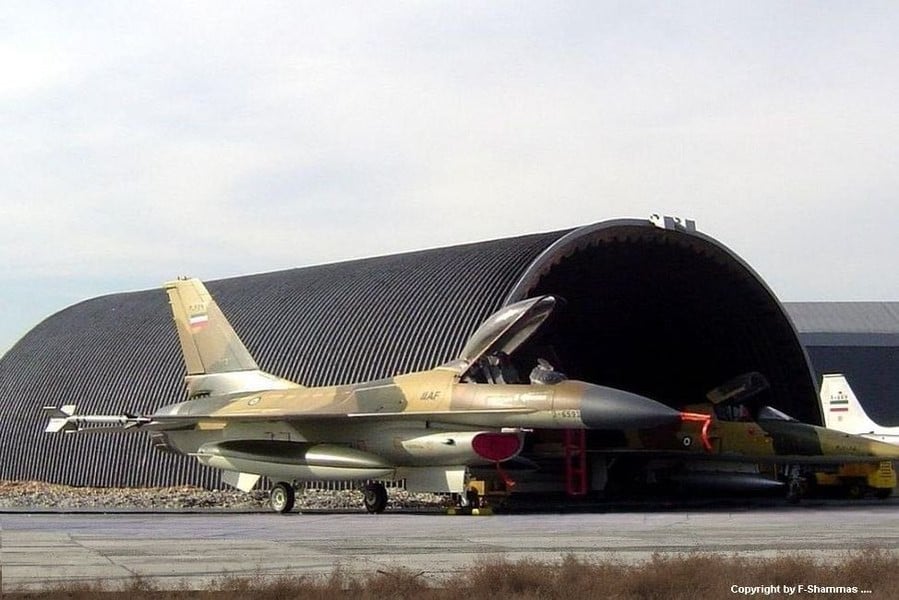
In addition to the F-14 Tomcat, Iran's military leaders thought about the need for a light fighter to replace the F-5 Tiger since the late 1970s, and the F-16 Fighting Falcon proved to be the most suitable. The Shah wanted to bring the Iranian Air Force on par with the US through the F-14 and F-16 squadrons, which was facilitated by the international situation at that time, and Tehran's ambition was not only reflected in the choice of fighter model. According to Defense Express, TWZ.
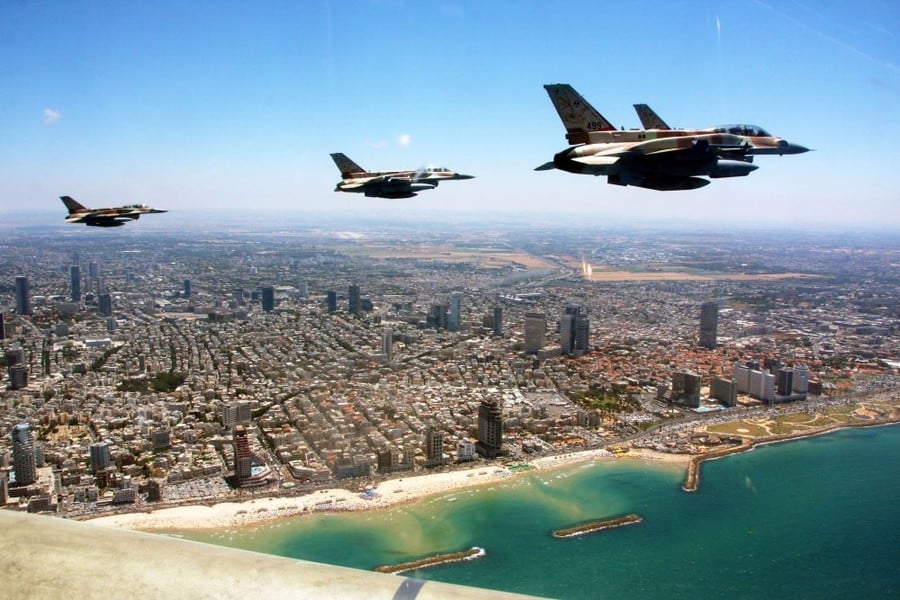
Declassified US State Department archives reveal a remarkable document, released in October 1976, that clearly shows the Iranian regime's huge ambitions. Initially, Tehran hoped to receive 300 F-16 fighters over several years at a total contract value of $2 billion at the exchange rate at the time, but later the figure changed to 160 aircraft worth $3.8 billion. According to Defense Express, TWZ.
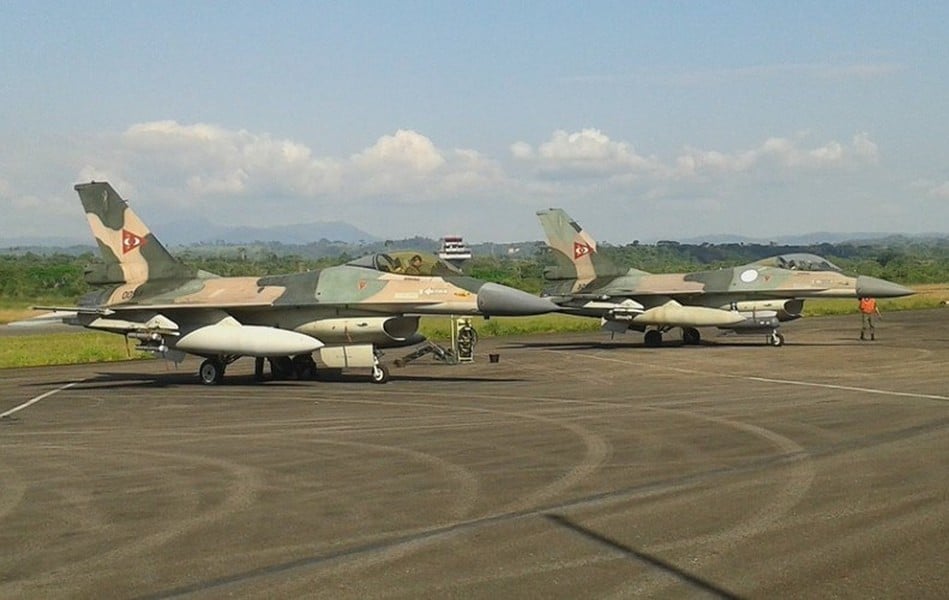
The reason for the change stems from the fact that manufacturer General Dynamics believes Iran has undervalued its aircraft, and the Pentagon's re-evaluation later resulted in a much more realistic figure. According to Defense Express, TWZ.
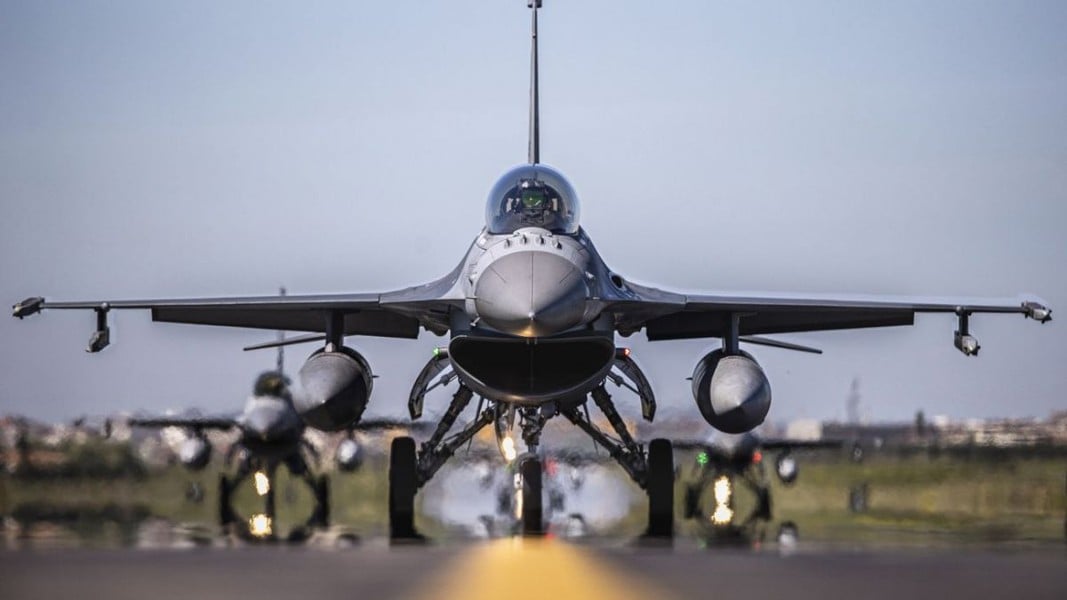
One obstacle for Tehran at that time was that the US did not want to sell F-16s to them, despite Iran being a close ally of Washington, because this light fighter was still in the process of perfecting its features. According to Defense Express, TWZ.
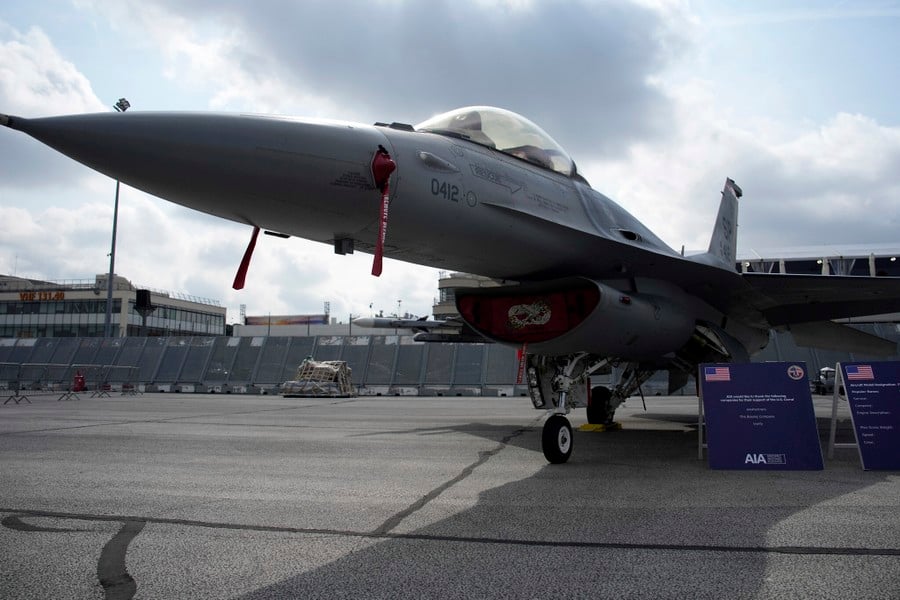
While negotiations were still inconclusive, the Islamic Revolution broke out in 1979, leading to Iran itself severing ties with the United States, putting an end to negotiations on the purchase of F-16 fighters. Although there were reports that Iran had received two F-16s for training, this is likely not true, despite the fact that there are images of F-16s in the colors of the Iranian Air Force before the Islamic Revolution. According to Defense Express, TWZ.
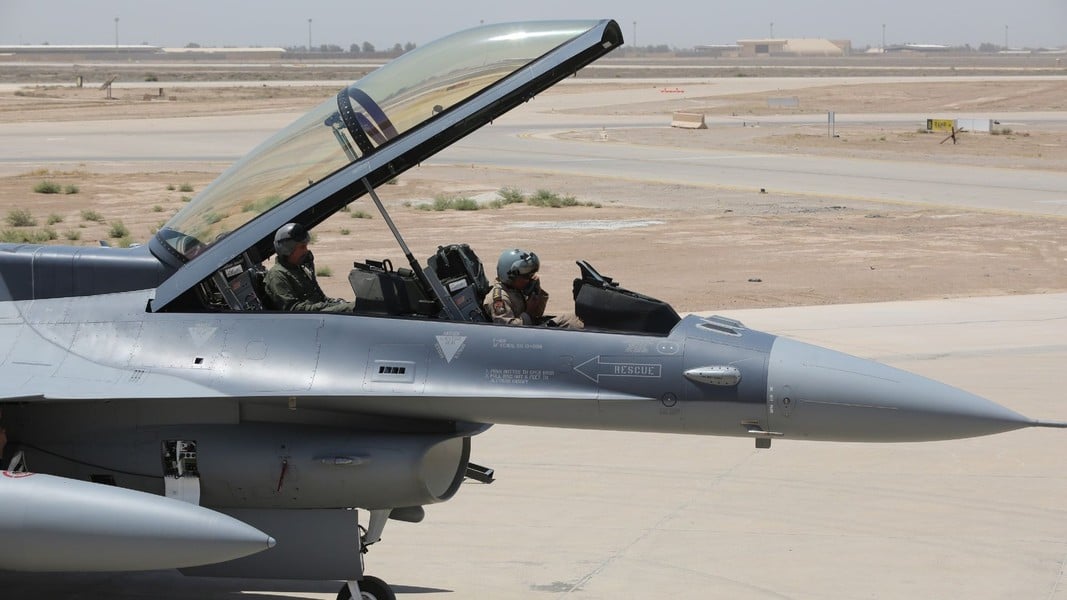
There are also rumors that Venezuela sold one or more of its F-16 fighters to Iran in the early 2010s, but there is no evidence to confirm this information. According to Defense Express, TWZ.
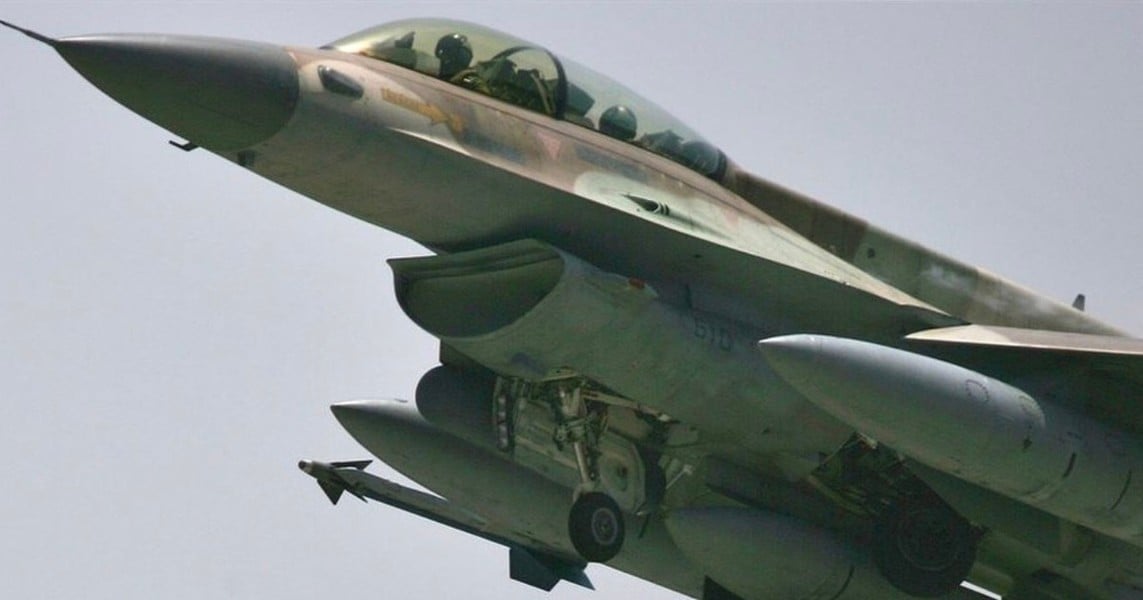
American and Israeli military officials may be startled when studying historical documents, because the prospect of the Iranian Air Force having hundreds of F-16 fighters in their hands will give them a headache in finding a way to deal with it, instead of being able to easily penetrate the airspace as it is now. According to Defense Express, TWZ.
PV (according to ANTĐ)
Source: https://danviet.vn/iran-tung-suyt-so-huu-hang-tram-tiem-kich-f-16-my-20241011222933012.htm







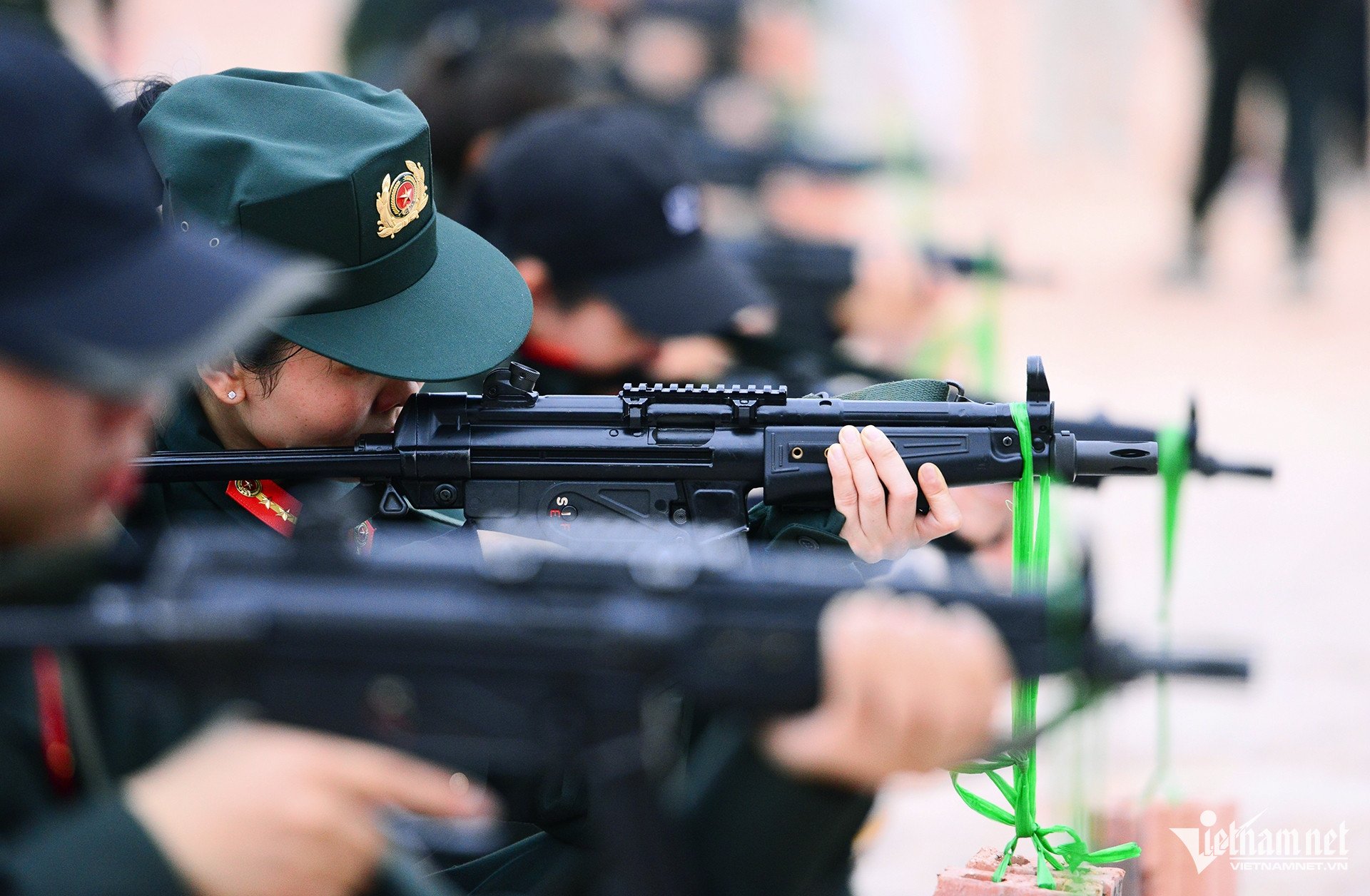
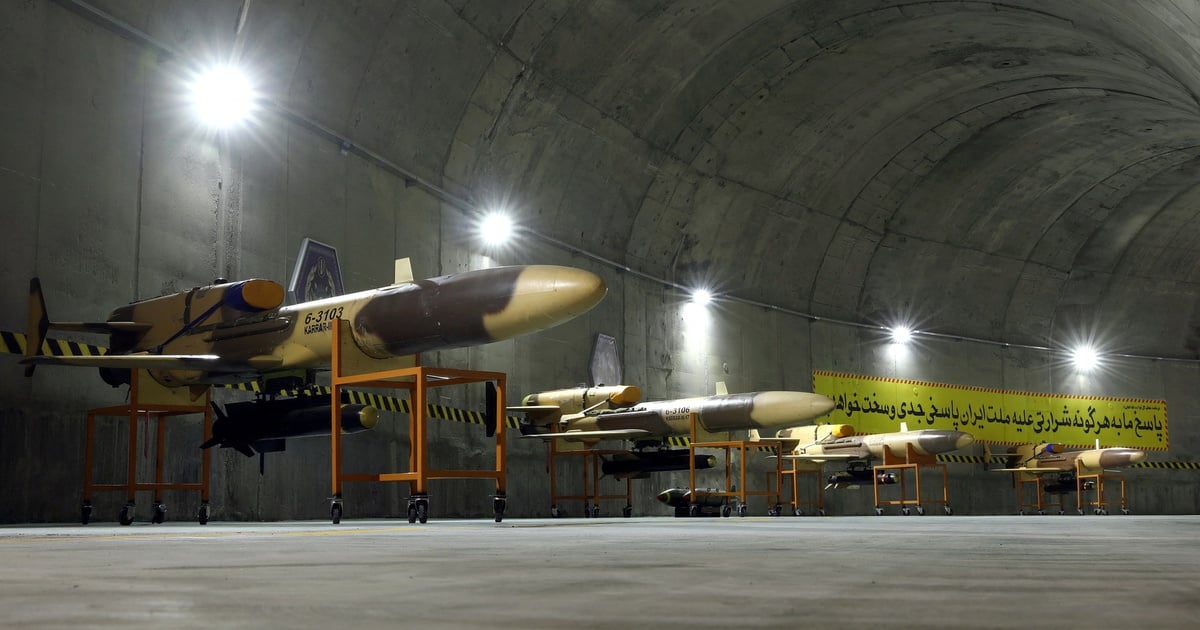

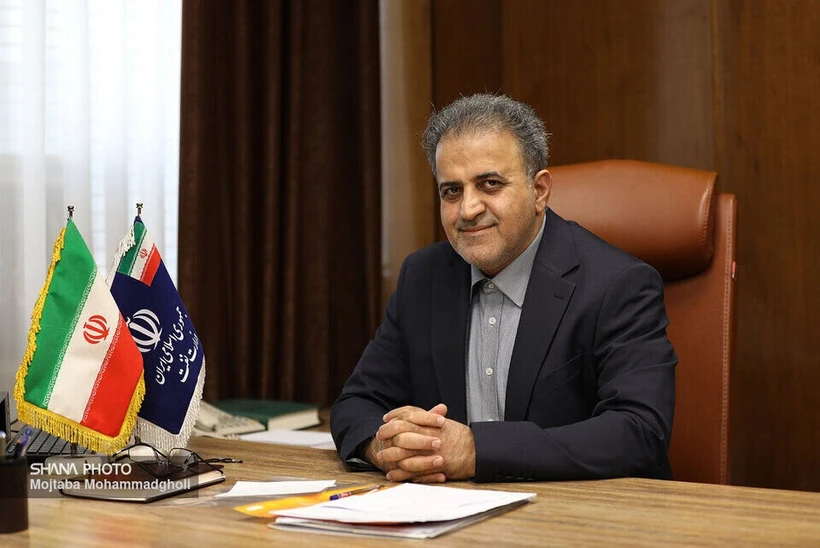


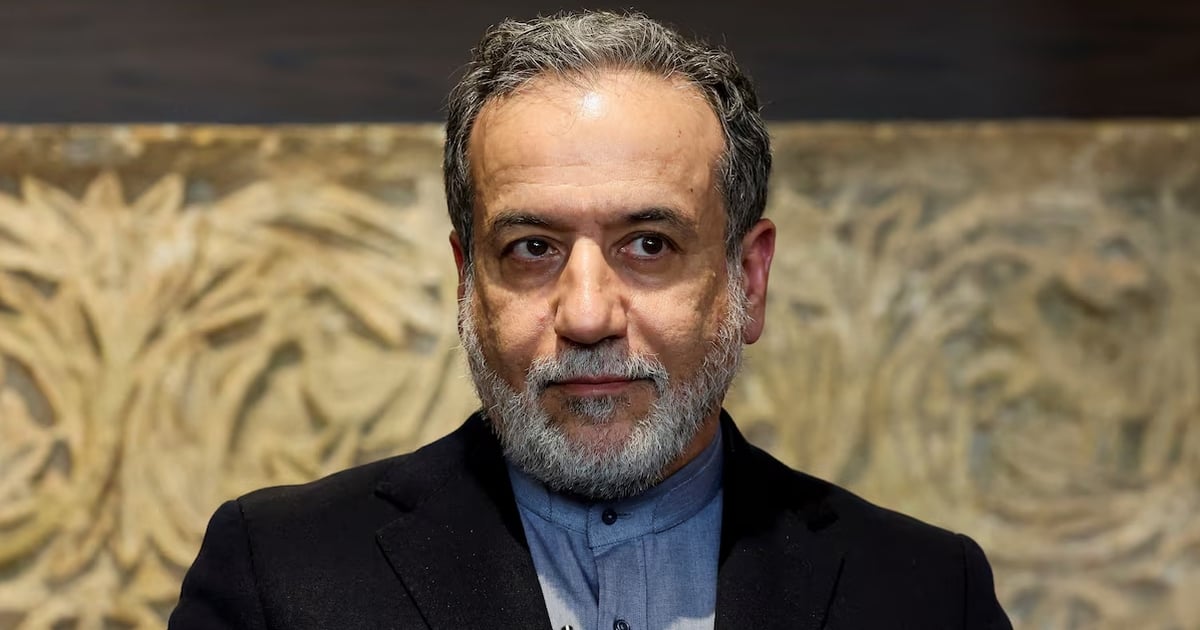
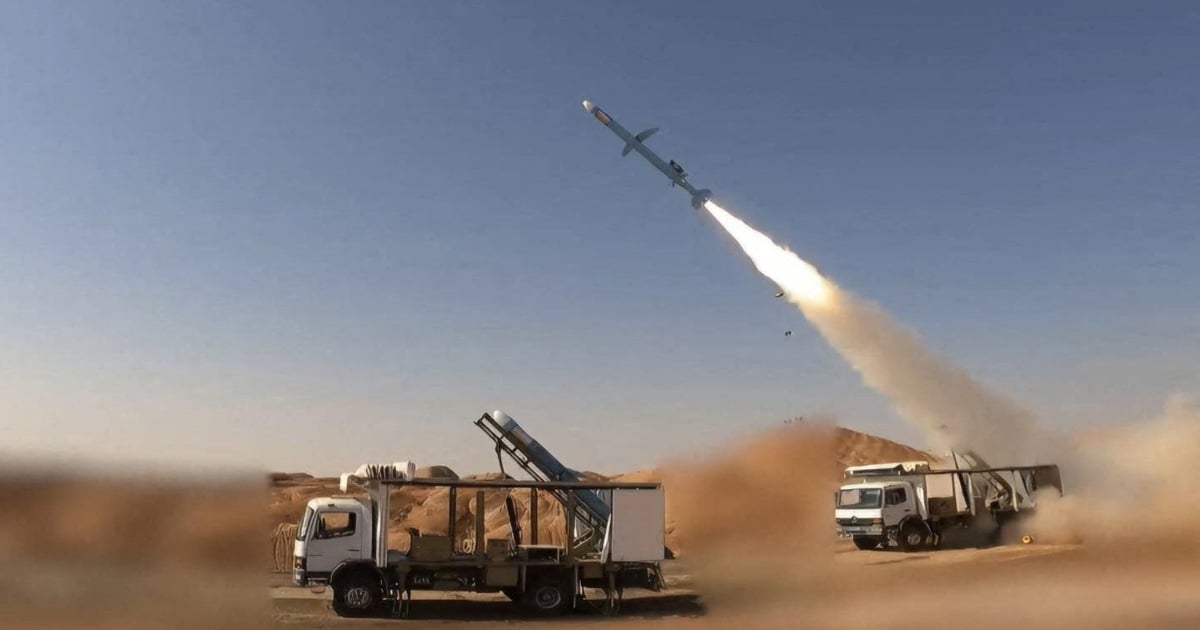
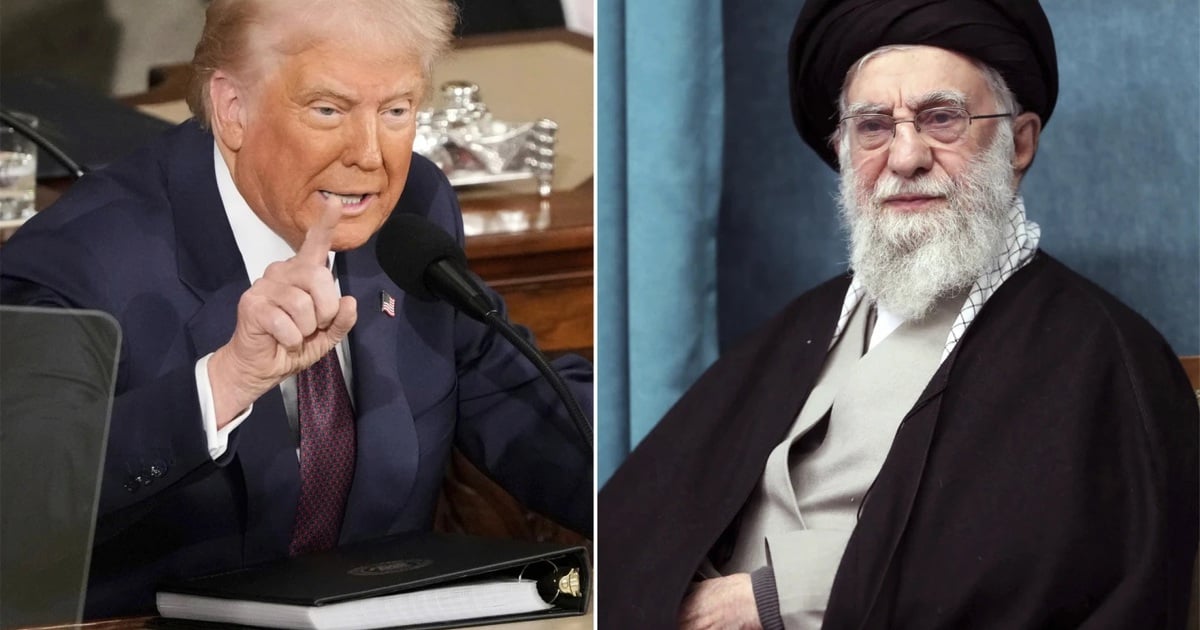





![[Photo] Prime Minister Pham Minh Chinh holds talks with Prime Minister Mikhail Vladimirovich Mishustin](https://vstatic.vietnam.vn/vietnam/resource/IMAGE/2025/1/19/54ce88000228495a90768cc0b03c9cc0)








![[Photo] "Beauties" participate in the parade rehearsal at Bien Hoa airport](https://vstatic.vietnam.vn/vietnam/resource/IMAGE/2025/4/11/155502af3384431e918de0e2e585d13a)































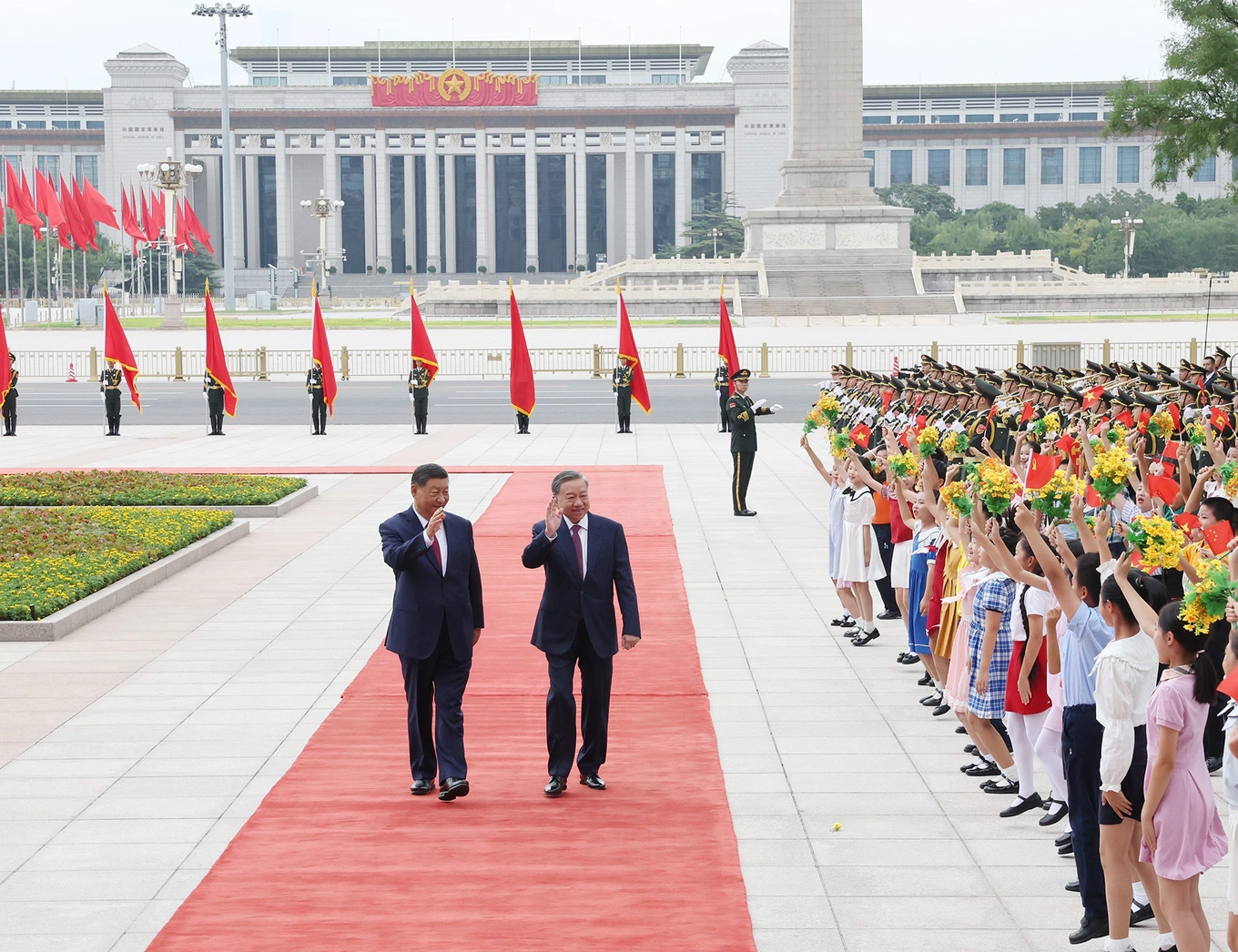






























Comment (0)